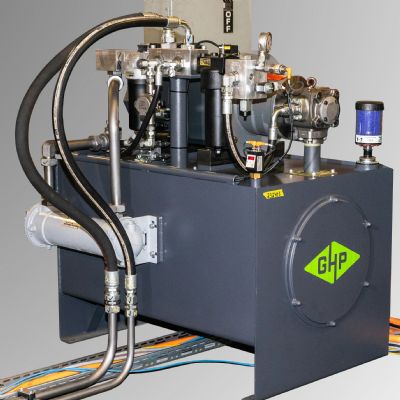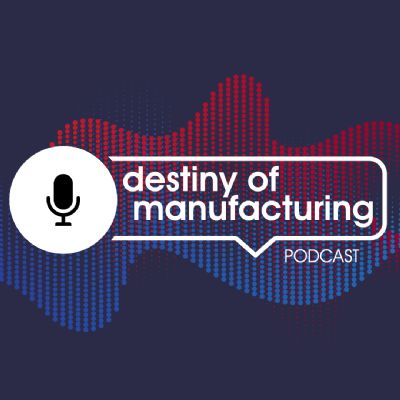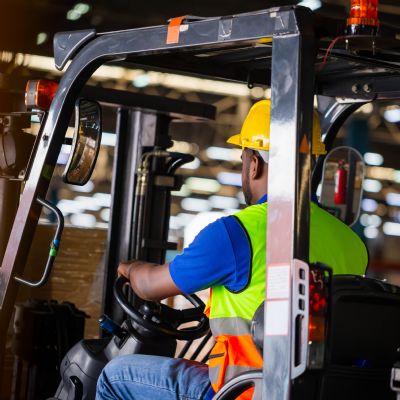Materials Playing Catch Up to Applications
February 28, 2019Comments
Check out some recent news: Protolabs announces the inclusion of Inconel 718 and maraging steel 1.2709 to its growing list of direct metal laser sintering materials; Markforged launches H13 tool steel for its Metal X desktop-sized metal printer; Xerox acquires Vader Systems and its Magnet-o-Jet technology, and is working to extend the technology beyond some aluminum alloys to include copper, bronze and more-exotic AL blends.
The list is much longer, but as these examples illustrate, there is a considerable new push toward bringing a greater alloy range to metal additive manufacturing (AM). As the need for larger parts and higher part volumes have spurred recent machine development, applications are considered as the main drivers in material R&D.
Previously the bastion of medical and aerospace, metal AM now receives serious consideration in automotive-part production, and has the potential to expand greatly its reach in aerospace. Much of this revolves around material availability.
In this issue we see how Ford, for example, has upped its AM game—though it’s been using 3D printing for a quarter century—to create tools and fixtures and most recently, production parts (see the article beginning on page 19). The automaker seeks greater AM gains by pushing itself and its suppliers, including material providers, in technology partnerships.
“We want to be a leader in the industry as far as pushing the technologies to where we want them to go,” says Harold Sears, additive manufacturing technical leader for manufacturing at Ford’s Advanced Manufacturing Center. “How do we employ these technologies to benefit our manufacturing system? We want higher speeds and better material properties.”
Should certain materials with the right properties appear, designers and manufacturers will make use. So says Darin Thomas, senior materials engineer at Keselowski Advanced Manufacturing, a new hybrid manufacturing operation profiled in this issue, beginning on page 14. Right now, Thomas sees a lack of machine capacity and plenty of ready-made opportunities slowing adoption in some applications, but, to paraphrase from Field of Dreams, build it and they will come.
“Take aluminum, for example,” says Thomas. “If the industry can nail down the 6000- and 7000-series alloys, just think of all of the aerospace part possibilities.”









 Podcast
Podcast